Phase 1 — Building the Gentleman Spy Body
Lesson 6 — Diet
ATTENTION: Before starting the Gentleman Spy Diet, you must have a clean bill of health. If you have specific dietary allergies or medical conditions, consult your doctor or make educated decisions before beginning this diet. By following the recommendations here, you agree that you take full responsibility for your life, choices, and actions. Anything that happens because of this program — good or bad — is your fault and your fault only.
LESSON 6: The Gentleman Spy Diet

In the books and movies, Bond’s diet is rich with red meat, eggs, bacon or sausage, and coffee. His favorite breakfast includes scrambled eggs, coffee, and cream. While on mission in Turkey he eats doner kebabs, he devours seafood while in Jamaica, and has polished off everything from curries to seafood stew. Bond’s diet turns out to be a very good example of what you really should be eating: lots of good fat and protein, and only a moderate amount of simple carbs.
Why Focus On Food?
While time under weight, on the street, and in the water is required to build the perfect body, what you eat has an equal, if not greater, impact on your body composition, and how you feel. Most trainers will tell you that your diet will contribute at least 50% to your efforts, and many will go as high as 80%. You need to ditch the junk food, the empty calories, and the TV dinners.
Eat Real Food
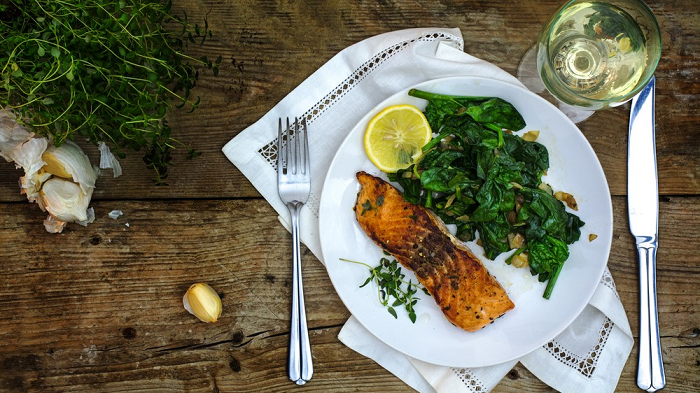
If you can kill it, pick it from a tree, or pull it from the ground and eat it as-is, then it’s real food.
Meat, vegetables, berries, some nuts, and fruit.
Keep the starches like potatoes, rice, and beans to a minimum, and cut out wheat and sugar entirely.
Do’s
- Eat 2–3 meals per day.
- Eat meat.
- Eat vegetables.
- Eat healthy fats.
- Fast every once in a while.
Do Not’s
- Don’t eat sugar.
- Don’t drink your calories.
- Don’t eat gluten grains.
- Don’t eat seed and grain-derived oils and fats.
- Don’t eat chemicals.
Diet in Depth
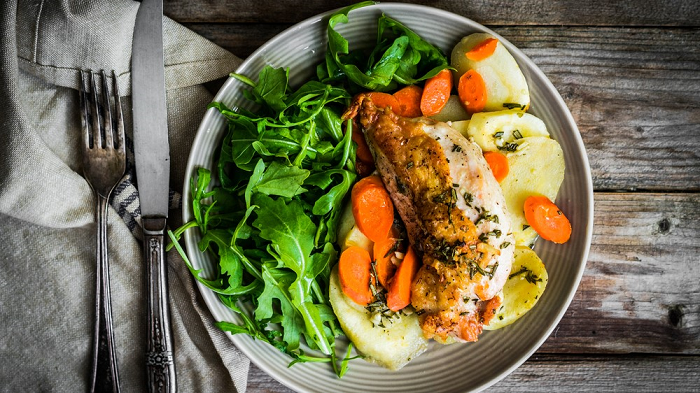
If you simply follow the Do’s and Do Not’s, you’ll be ahead of almost everybody else and well on your way to building the Gentleman Spy Body. For a more in-depth understanding, work your way through the step-by-step guide below. These steps are cumulative and build upon the previous step; as you continue down the list your health, body composition, and performance will all improve.
- Eliminate sugar and caloric beverages. This includes anything with sugar, high-fructose corn syrup, or artificial sweeteners. Drink water, coffee, or tea only.
- Consuming alcohol is something that many associate with the James Bond lifestyle. When drinking, favor red wine over white, and wine over beer. Distilled spirits are good choices on their own, when mixed with fruit juice or soda, not so much. No matter what, don't go overboard, and keep alcohol intake to low/moderate levels. 007 may drink enough to qualify as a functional alcoholic. You should not.
- Eliminate gluten grains. This means no bread, cereal, pasta, cake, cookies, or pastries. Gluten-free alternatives are often almost as bad so just cut these foods out altogether. Caveat: if tolerated, rice and corn can be used occasionally, but should still not be staples of your diet. Favor meat and veggies, not simple starches.
- Eliminate seed and grain-derived oils. Avoid corn, soy, canola, flax, walnut, and peanut oils, and eat nuts only in moderation.
- Eliminate chemical additives. This includes coloring, flavoring, MSG, aspartame, dyes, etc.
- Replace lost calories with healthy fats including grass-fed butter, ghee, coconut oil, and animal fats.
- Eat 1–3 meals per day. Bond and Bourne aren't the kind of guys that are going to pack Tupperware so they can eat 5–6 meals a day, and they don’t pound protein shakes. Eat real food, eat when you’re hungry, and fast for 24+ hours every once in a while. Home cooked meals from whole foods should be the norm, not the exception.
- If you lead a very active lifestyle — working a hard labor job on your feet all day, or if you're a competitive athlete, you may need to eat more, and more often. But that is the exception, not the rule. Most guys will do better on an Intermittent Fasting routine (see the IF section below).
- Eat animals. Eat a lot of grass-fed beef, lamb, and bison. Game animals, poultry, fish, and eggs (whole eggs, not egg whites) are also on the menu.
- Eat vegetables. If it’s colorful, leafy, or crunchy, it’s probably good to go. Avocado, asparagus, Brussels sprouts, collard greens, spinach, kale, carrots, broccoli, cabbage, squash, berries, etc. are all good. Limit starchy veggies like potatoes, sweet potatoes, and sugary fruits.
- Root vegetables like potatoes and sweet potatoes are generally acceptable. Keep starch intake low if trying to lose weight; these are best re-introduced once you’ve plateaued and/or if you need them for athletic performance.
- Eliminate legumes. Get rid of the beans, peanuts, and lentils. If you feel like you must include these in your diet, use traditional methods (soaking, sprouting, or fermenting) to prepare them.
- Limit fruit consumption. Fruit is healthy in moderation, but limit this to 1–2 servings per day. If you’re trying to lose weight, it's best to cut to cut out fruit entirely.
- Fruit juice is not fruit; it is so heavily processed and refined that it is essentially pure sugar.
- Eat grass-fed/pastured meats and organic vegetables. If you can’t find grass-fed or pastured meats, stick with the leanest cuts you can find. If you can get grass-fed, pastured animals, you want the fattiest cuts you can find. Wild-caught fish are the same. Buy organic whenever you have a choice to get more vitamins and minerals while eliminating the chemical fertilizers and pesticides.
- Eliminate processed dairy. Raw, grass-fed, full-fat dairy is well tolerated by most people, but you need to cut out any homogenized, pasteurized, low-fat (2%, skim) dairy. If you are going to consume dairy, cream and whole milk are better than 2% or skim milk.
- Eat raw when possible. Cook foods as necessary. Limit frying (only fry in animal or coconut fat), and never use a microwave.
Shop For Ingredients, Not Meals
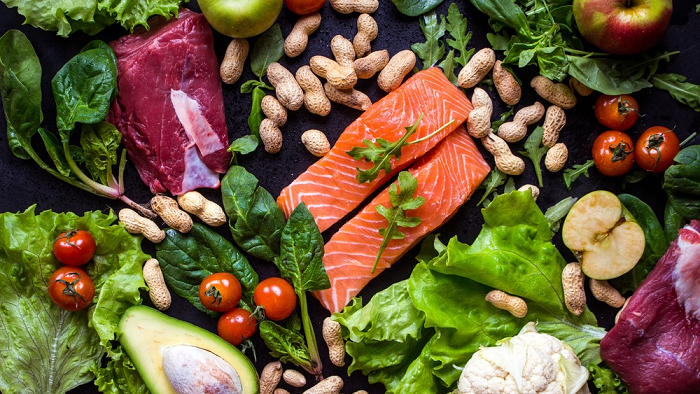
One of the biggest mistakes people make these days is in their shopping choices.
Stop shopping for food, or meals.
Shop for ingredients instead.
The edges of the supermarket are your friend, the aisles in the middle — not so much. Vegetables, meat, fish, poultry, spices, berries, fruit, and full fat dairy. Those should be your staples.
Download the Grocery Shopping List to the right, print it out, and take it with you next time you go shopping.
After a few trips, the guidelines will be your new normal — but bring it with you and don't succumb to the old standbys of pasta, bread, Oreo's, or the other junk that's been keeping you from being your best.
Intermittent Fasting
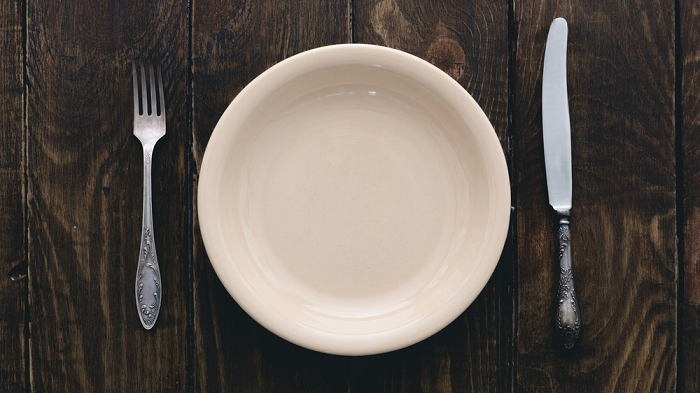
IF — intermittent fasting, or intermittent feeding, has many benefits, and fits perfectly within the Gentleman Spy lifestyle. In simple terms, intermittent fasting means just not eating from time to time. IF can help with glucose metabolism, hormone regulation, maintaining lean mass and muscle, and gives many of the health and longevity benefits of calorie restriction, without the problems that entails (lethargy, loss of muscle mass, etc.). While not strictly necessary, this will maximize your results, and will probably save you time and money as well.
The easiest way for most people to implement intermittent fasting is to incorporate fasting and feeding blocks in your daily life. The most common and successful method for most people is to fast for 16–18 hours, and feed for 6–8 hours. For most, that means skipping breakfast, then just eating lunch and dinner. Generally, this means fasting from about 8:00pm until noon or 2:00 in the afternoon. You can vary this as it fits your lifestyle, of course, but once on this general schedule, most people will never go back to their old ways. You'll look better, feel better, and perform better.
Going further, you should occasionally fast for 24+ hours. It's important to note that fasting for 24 hours doesn't mean going a whole day without eating. You can eat dinner, fast for 24 hours, then eat dinner the next day.
Use the normal 16–18 hour fasts and 6–8 hour feeding windows every day, then do a larger 24 hour fast once every week or two, and you'll be amazed at the results.
For those that want to take it to the extreme, it's recently been shown that the human immune system completely regenerates itself over the course of a 72 hour fast. I wouldn't recommend doing this more often than once a month, and probably more like once or twice a year. If you're up for the challenge, and health benefits, give it a try.
NOTE: do not use IF to give yourself a pass to "binge" on junk food. Referred to as IFOC (IF on Crap), this does not work and is not healthy.
For more resources about intermittent fasting, check out Brad Pilon's Eat Stop Eat and Martin Berkhan's Leangains.
Caloric Cycling
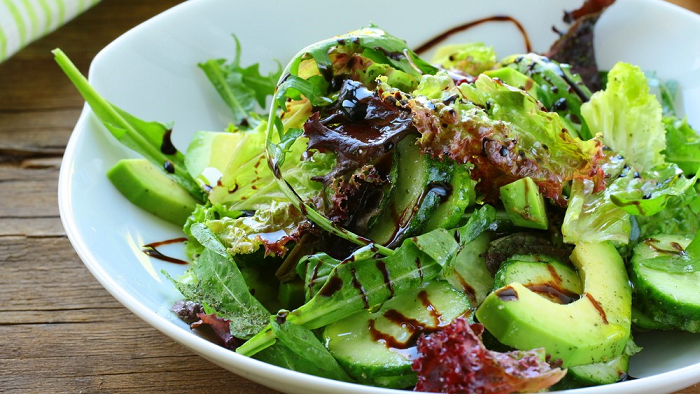
The biggest bang for your bucks will come from following a generally paleo diet, then by integrating intermittent fasting. To take everything to the next level, especially if you're looking to pack on lots of muscle or get cut, add caloric cycling — eating more or less food depending on the day or week — to your diet plan.
The most common implementation of this would be a "high calorie day/low calorie day" approach. On days you do your strength workouts, you eat more. On days you don't, you eat less. How much more and how much less will depend on how active you are, your work load, and how strict you are with your diet.
There are other trains of thought that integrate weekly or monthly cycling into this, but unless you're a competitive athlete, bodybuilder, etc. this is probably either unnecessary or not worth the extra effort to implement and track. By simply doing a "day on/day off" approach, caloric cycling is easy to implement and will give you excellent results.
Calorie ranges here could be anything from 1,500 calories per day or so on the low end, to well over 4,000–6,000 calories per day on the high end. If you live a sedentary lifestyle and are very strict about only consuming high-quality foods, you can likely eat much less overall. But if you're trying to pack on 10, 20, or more pounds of muscle doing a 5x5 workout, you could very likely pack down 4,000+ calories every day: 2+ pounds of meat, 2 or more potatoes, as many veggies as you can stand, and maybe even resorting to meal replacement shakes just to get more calories without feeling like you're going to burst.
The easiest way to schedule this for an easy or low activity lifestyle would be something like the following:
- Low Calorie Day
- No breakfast (only water, tea, coffee, etc.)
- Lunch
- Big dinner
- High Calorie Day
- No breakfast (only water, tea, coffee, etc.)
- Big lunch
- Huge dinner
If you're trying to pack on lots of muscle or live a very active lifestyle, this might instead look like:
- Low Calorie Day
- No breakfast (only water, tea, coffee, etc.)
- Big lunch
- Snack (optional)
- Big dinner
- High Calorie Day
- No breakfast (only water, tea, coffee, etc.)
- Huge Lunch
- Snack
- Shake (optional)
- Huge dinner
- Desert/snack/shake (optional, as required)
Final Thoughts
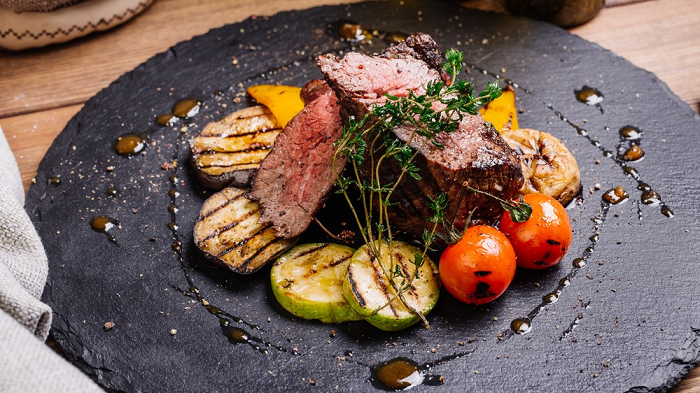
- Small deviations are fine, but remember, the more you stick to the diet, the better your results will be in all areas.
- If you have a cheat meal, do it and don’t act like you’ve failed or fallen off the wagon.
- Don’t count calories. Don’t worry about weighing and measuring your food. Eat until you're full — but not stuffed — then stop.
- Macronutrient content can vary greatly on a diet like this, but typically looks like 50–80% calories from good fats, 10–30% calories from protein, and 5–30% carbohydrate. High healthy fat intake is optimal. If you can’t or won’t find grass-fed/pastured meats and wild-caught cold-water fish, then supplement with fish oil or krill oil.
- Note that food quality matters much more than a simple macronutrient ratio. Eating similar macronutrient ratios of grass-fed beef, butter, and potatoes versus processed tofu, vegetable oil, and pasta will yield wildly different results even though they may look similar when comparing fat, protein, and carbs.
- Limit snacks. Incorporating intermittent fasting isn’t necessary but has many benefits from performance to body composition to longevity.
To get the most out of the guidelines above, follow the steps in this order:
- Eliminate the junk: refined foods, sugar, wheat, etc.
- Treat junk food as you would any addiction — do not surround yourself with it, don't keep it in the house, etc.
- Eat as high-quality as you can afford: grass-fed/pastured/wild caught meat/poultry/fish, fresh vegetables, etc.
- Incorporate intermittent fasting.
- Caloric cycling is not necessary for most people, most of the time; if you get stuck and/or are trying to implement more extreme body composition changes (like putting on 15–30 lbs. of muscle in a month), it may be worth your while.
Whether you’re trying to lose weight and get cut, or put on serious amounts of muscle, the above rules will give you the best bang for your buck. These general guidelines will keep you healthy and fit for the rest of your life. You will prevent or reverse disease and look and feel better. If you want to look as ripped at the beach at 60 as you do at 30, this will get you there.
In order to for your body to look and perform the best — in an optimum state, under varying conditions — you need to fuel it properly.
Eat good food, eat when you’re hungry, fast when you’re not, and you’ll be prepared for anything.
PROGRAM
DOWNLOADS
 Grocery Shopping List
Grocery Shopping ListDon't let yourself get caught up in the junk food aisles or worry about what you need to buy. Print this and bring to to the grocery store or farmer's market to make shopping easier.
Next up, Phase 2: Developing Your Gentleman Spy Style...
Building your body is the where living like a Gentleman Spy starts, but mastering the classic, timeless style is what puts it together and lets you show it off to the world. From picking the right suit, to dressing for the beach, to upgrading your grooming, everything about Developing Your Gentleman Spy Style works together for a polished look that demands attention and respect.
